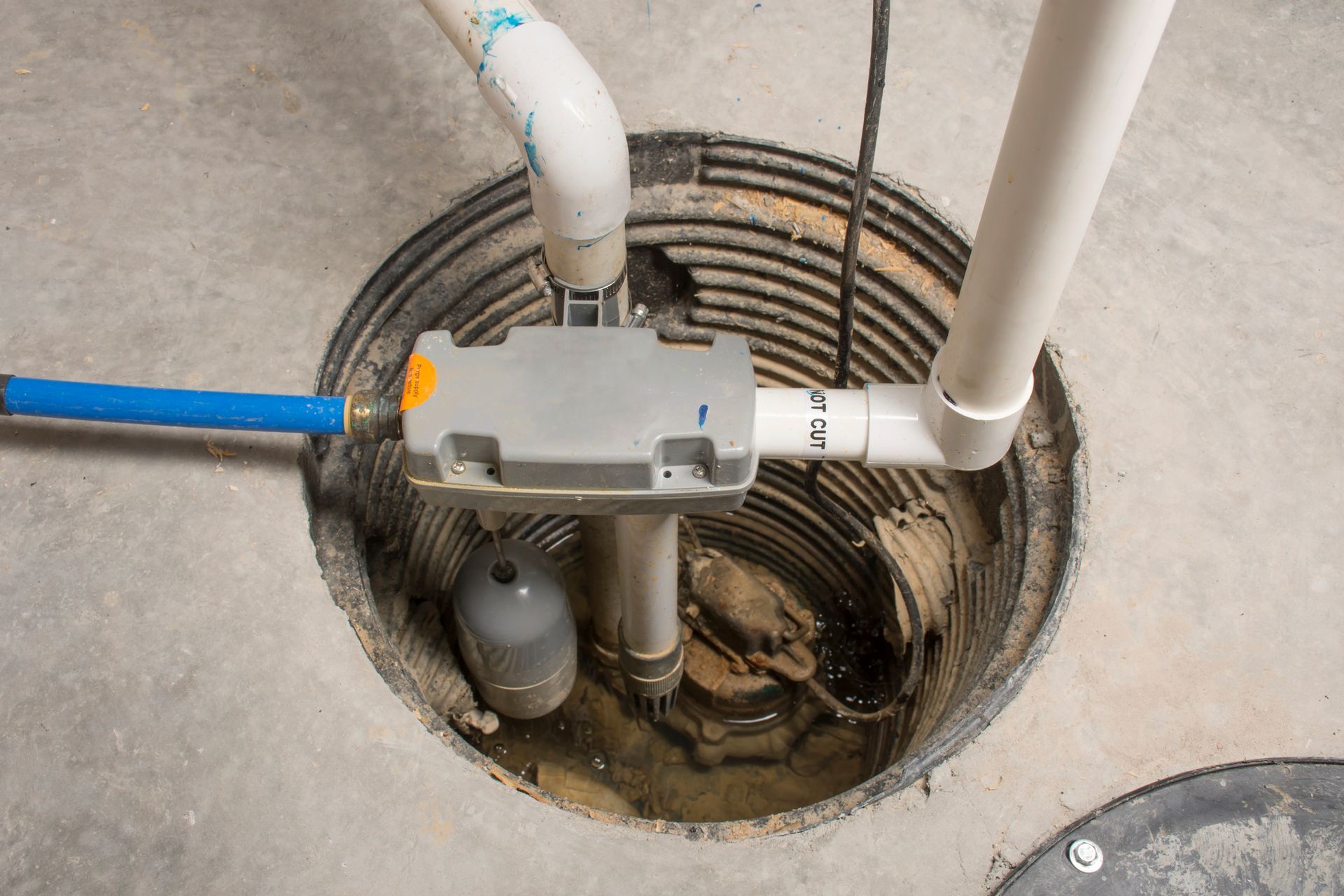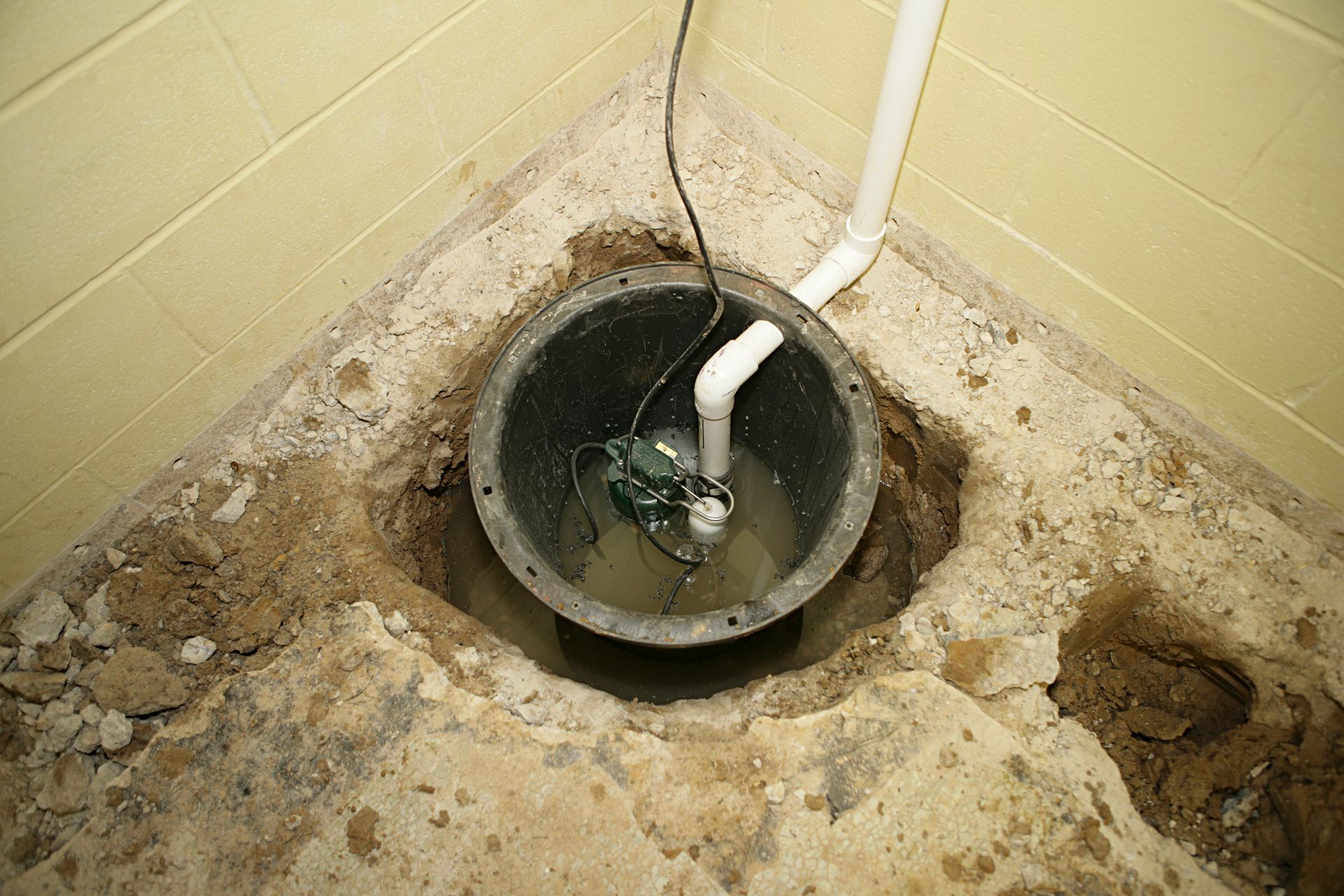Family Owned & Operated Since 1965
Contractors License #: BC-692554
EPA Lead Certified: NAT-70330-02
3 WATERPROOFING TIPS FOR YOUR HOME AND YARD
Homes are built to protect you and your belongings from the harsh elements. However, water is incredibly destructive, and it can threaten many parts of your home. If you would like to better protect your home and yard, you have many waterproofing options. If you would like to know more, check out these three waterproofing tips.
1. Consider Exterior Waterproofing
Rather than waiting for a leak to appear, consider waterproofing the exterior of your home to help prevent water from entering in the first place. Various types of membranes, such as liquid membranes, hot-applied systems, cold-applied systems, or film or sheet membranes can go on the outside of the home to serve as a dam against water.
You will need to consider where you place the membrane: below-grade or above-grade. Below-grade rooms like basements are entirely or partially below the groundline. This gives them a higher risk of flooding than above-grade rooms, which are fully above the groundline.
Typically, below-grade membranes are more durable to withstand more water, water pressure, and structural movement. Above-grade systems should also be able to withstand water and structural movement, but they should also be UV-resistant.
2. Install an Interior Drain System
If your basement frequently floods, consider installing an interior drain system. You can easily install these systems and then replace the flooring. When you need to make repairs to the system, you can easily reaccess the system.
Interior drain systems often rely on a sump pump. A sump pump is a special kind of pump that helps to redirect excess water. The interior drain system sends the excess water to a sump well, which houses the sump pump. Once the water in the well reaches a specific level, the sump pump automatically starts to redirect the water.
Just like some external membranes, interior drains can also help relieve hydrostatic pressure against the foundation. They are also affordable, but they are not ideal for finished basements because some of the concrete needs removing.
3. Build a French Drain
A French drain is similar to an interior drain system, except it is outside, and it may or may not rely on a sump pump. A French drain starts with a long ditch in your yard. First, you’ll need to install drainpipes and cover them in gravel. Depending on your needs and preference, the French drain may or may not be covered with soil. This can be an incredibly invasive project, and when repairs are necessary, the entire yard may need to be dug up again.
You want to direct the French drain toward the road to find a storm drain. If you have particularly excess water, the French drain may need to drain to a sump pump well first. The well can store some of the excess water to help the ground naturally absorb the water. The excess water in the pump then redirects away from the house.
Alternatively, you could direct your French drain to a rain garden. A rain garden is simply a garden that has lots of plants that love water. These plants can absorb water fast and hold massive amounts of water for long periods of time, giving it time to evaporate and sink into the soil without flooding your yard.
Your home protects you from the rain, but you need to protect your home from the damaging effects of water too. Standing water and improper drainage can lead to major issues, including foundation problems. Luckily, you can waterproof your home in many ways and control drainage problems in your yard. If you would like to know more, contact us at Rite-Way Waterproofing today.
CONTACT INFORMATION
Address: 448 Lilac Street, Lino Lakes, MN 55014
Email: maureen@rite-waywaterproofing.com
Phone: (651) 786-0550
Contractors License #: BC-692554
EPA Lead Certified: NAT-70330-02





